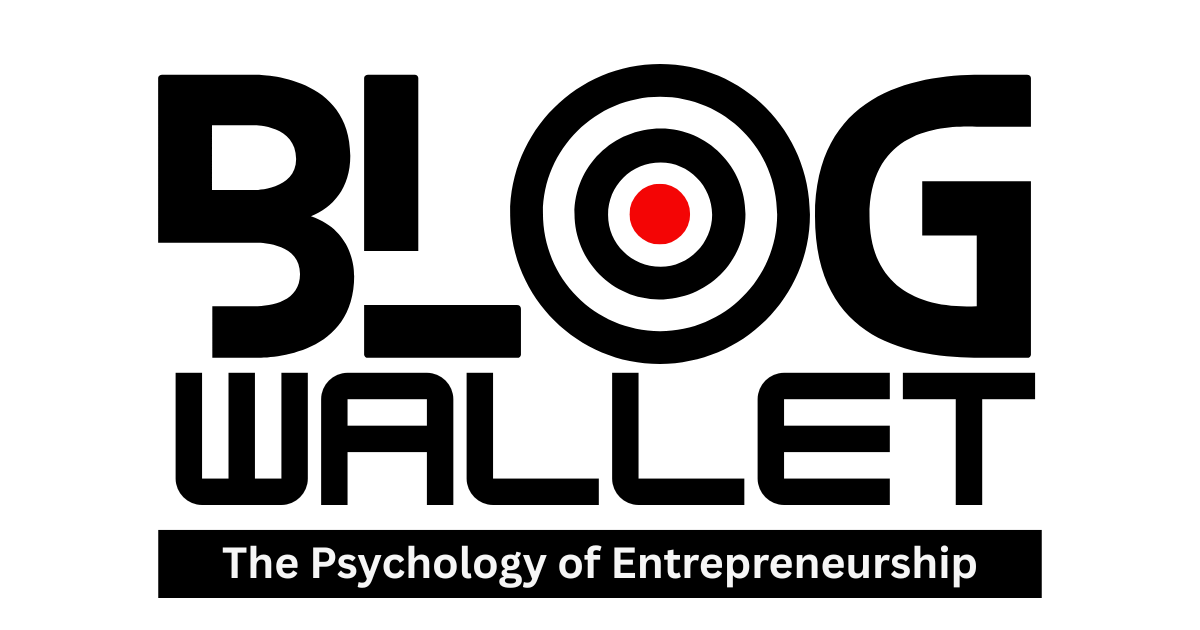Retirement For Black Entrepreneurs (2025): The Plan You Can Actually Use
You built the business. Great. Now build the exit. Too many owners grind for decades and end up rich in stories but light in retirement. Not today. Here’s the straight path, no fluff.
Why This Still Slips In 2025
Cash flow lies to you. You feel “fine” because invoices are paid. Meanwhile, nothing’s compounding. Owners delay because every dollar feels better reinvested, they never draft a formal exit plan, contributions aren’t automated, and healthcare and taxes look like a maze. Translation: no system, no future.
Pick A Retirement Vehicle And Automate It
Start with a retirement vehicle and automate it. A Solo 401(k) works best if it’s just you or you and a spouse, because it allows high contribution limits and even Roth options. A SEP-IRA is simple, flexible, and easy to open through most brokers, and a SIMPLE IRA works if you have a small team. A Roth IRA or backdoor Roth is powerful for tax-free growth, and a taxable brokerage account gives you flexibility when the other buckets are maxed. Whatever you choose, set automatic drafts. If it’s not automated, it’s aspirational.
Pay Yourself First
The only way owners pay themselves first is by system. Fix your salary as non-negotiable, then have the retirement draft hit the same day as payroll. Skim a set percentage of profits monthly and move it into investments before you talk yourself into “reinvesting.” Build an emergency reserve that covers business expenses for several months so chaos doesn’t wipe you out.
Choose Your Exit Strategy Now
The exit has to be chosen now, not when you’re 68 and exhausted. You can sell the business, which requires you to maximize transferable assets like brand, systems, and contracts. You can keep the company and step back, installing an operator while you collect dividends. You can close and walk, which only works if you’ve already built assets outside the business. Or you can transfer ownership to family, but that only works if they actually want it and can run it. Document everything.
What Moves The Needle This Year
What moves the needle this year is basic. Open an account and automate contributions. Document your core processes so value isn’t trapped in your head. Keep 12 to 24 months of books pristine because buyers pay for clarity. Audit your pricing and raise where you’ve lagged. Cancel deadweight subscriptions and redirect the savings into your future. Make sure you have the right insurance so one disaster doesn’t erase decades of work.
Taxes That Don’t Bite Back
Taxes are the other landmine. Maximize pre-tax contributions where it makes sense and use Roth options when you expect higher rates later. Pay quarterly estimates on time so April isn’t a crisis. If you’re an S-Corp, pay yourself a reasonable salary and take the rest as distributions. Don’t be too clever, be compliant. Capture Section 179 or bonus depreciation when it truly helps the plan, not just because you want a toy.
The Healthcare Reality
Healthcare is a reality you can’t dodge. Price out solo ACA or group coverage now. If you’re eligible for an HSA, treat it like another retirement bucket and leave it untouched for years.
Funding Targets That Work
Targets aren’t fantasy math. If you want lean retirement, you need assets roughly equal to 25 times your annual spend. If you run a bigger ship with staff and overhead, plan closer to 30 times. If you’re late to the game, crank up contributions, increase revenue, and cut the bloat. It’s simple, not easy.
The 12-Month Checklist
Within 12 months you should have a funded account, a written exit outline, systems documented, books cleaned, revenue diversified, and a tax strategy checked. Rebalance portfolios and adjust exit options every year.
Red Flags That Will Bite You Later
The red flags are obvious but ignored. Waiting for the “deal” before investing is suicide. Relying on social platforms you don’t own leaves you exposed. And if you can’t instantly share a clean data room with P&L, contracts, and metrics, you’re not ready to sell.
The Right Tools
The tools don’t need to be fancy. Use a low-fee brokerage with index funds. Close the books monthly. Store your processes in a shared, searchable place so others can run the machine. And talk to a fiduciary advisor who understands business owners. You want planning first, investments second, with transparent fees.
The Bottom Line
You don’t “find” retirement. You build it the same way you built the business — with systems, cadence, and accountability. Automate the money, make the business transferable, choose your exit, and then get back to work.





